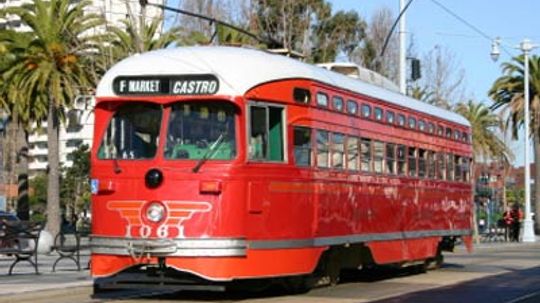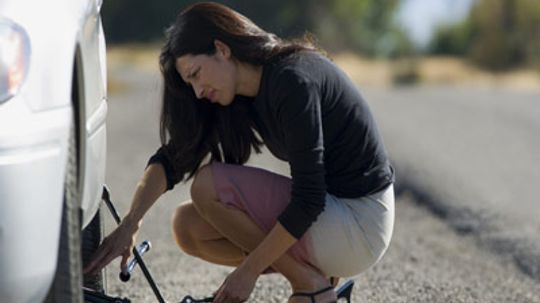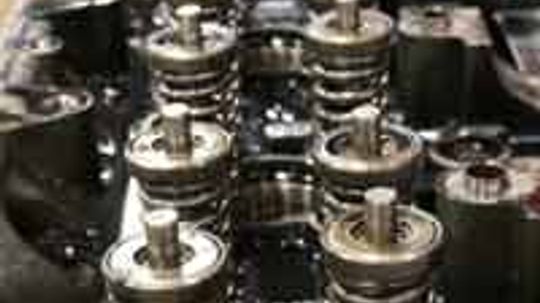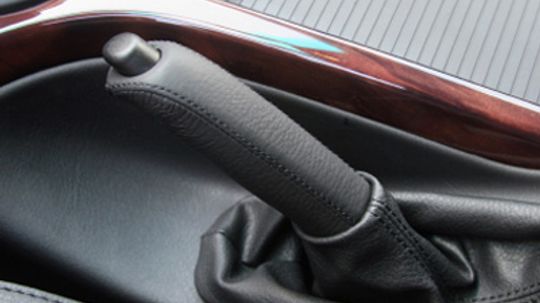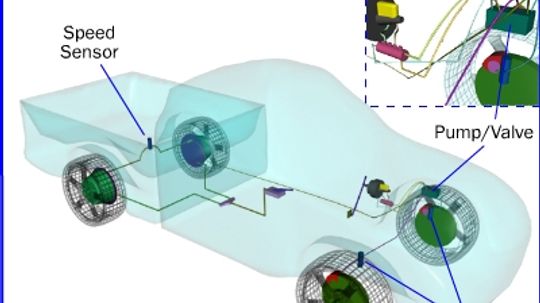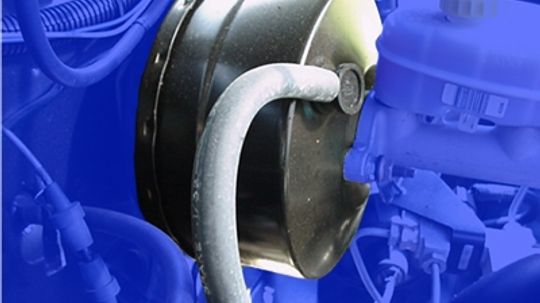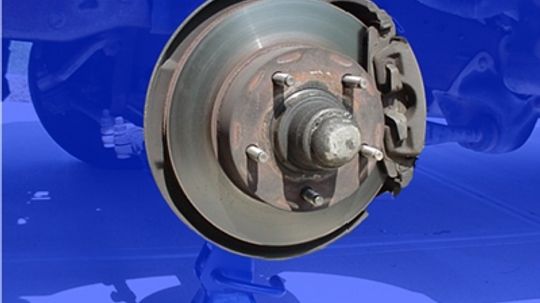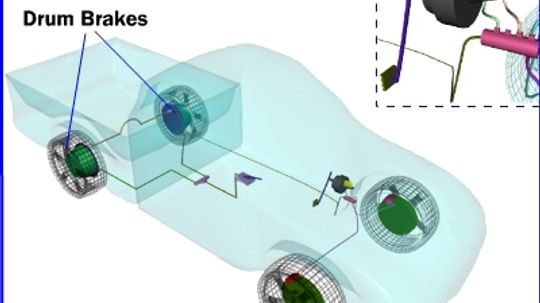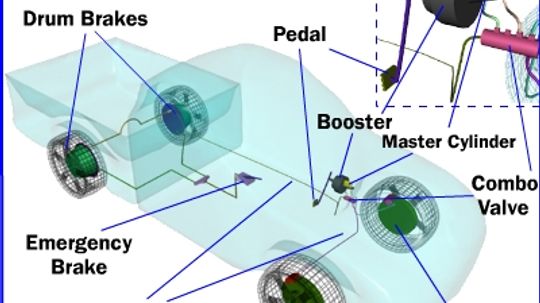Brake Types
Different brake types have different parts and require different maintenance. Knowing the differences will help you choose the right kind of brakes. To learn more, see our Braking Guide.
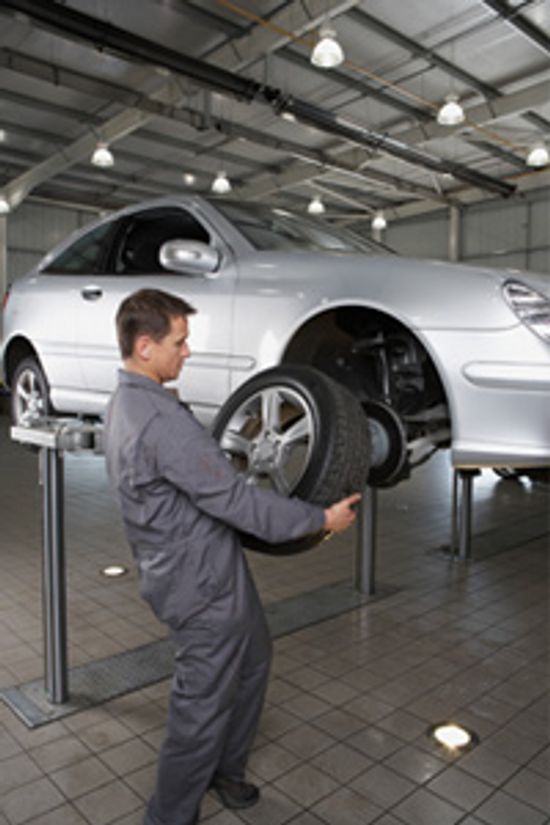
How Hydraulic Brake Conversion Works
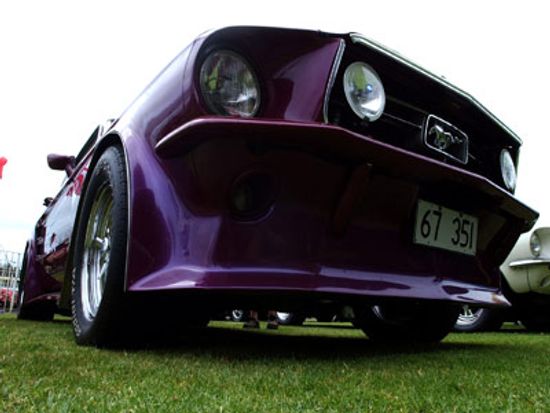
How Power Brake Conversion Works

How Disc Brake Conversion Works
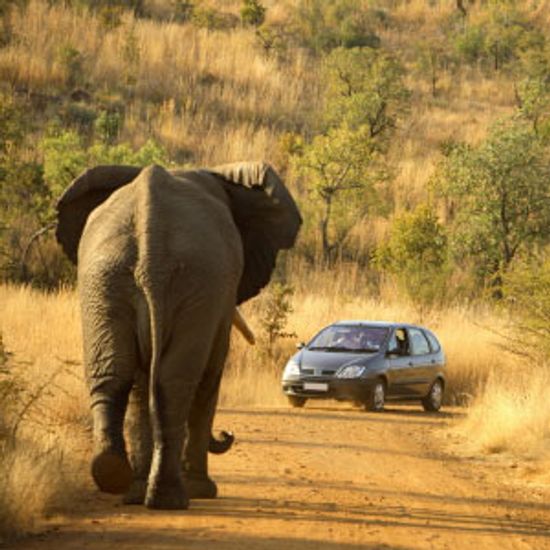
How Brake Lines Work
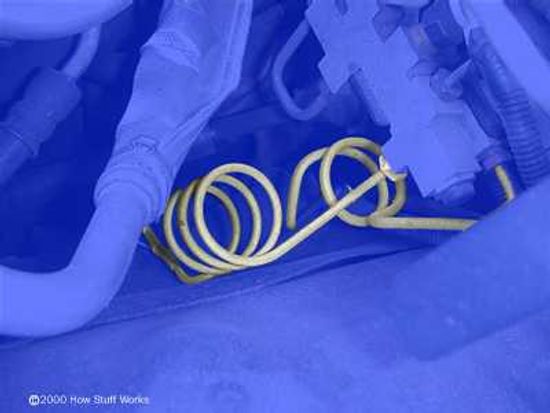
Why do brake lines have so many bends and loops?
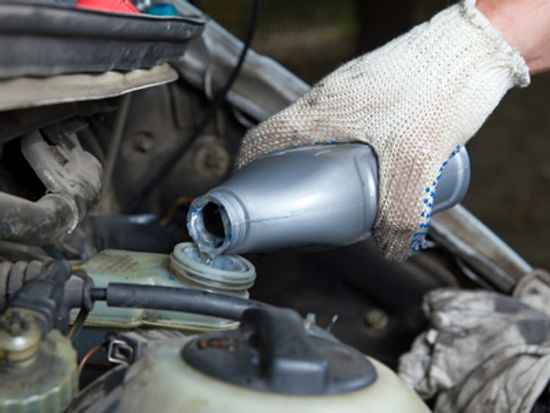
What are the different types of brake fluid?

What do the brake warning lights mean in my car?

How Brake Failure Works

How does payload affect braking?

How Brake Light Wiring Works

How Brake Bleeding Works
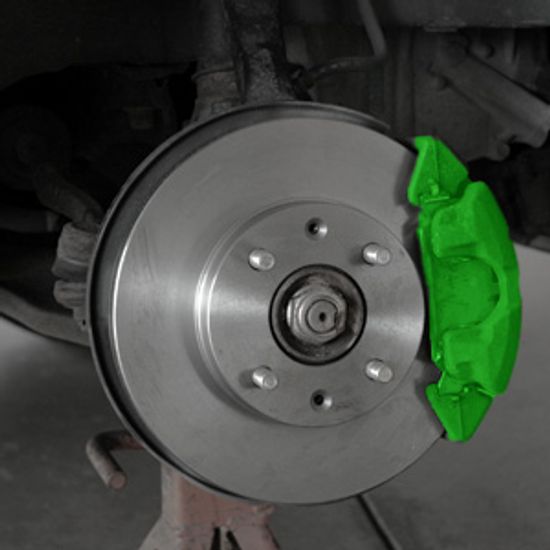
How Brake Relining Works
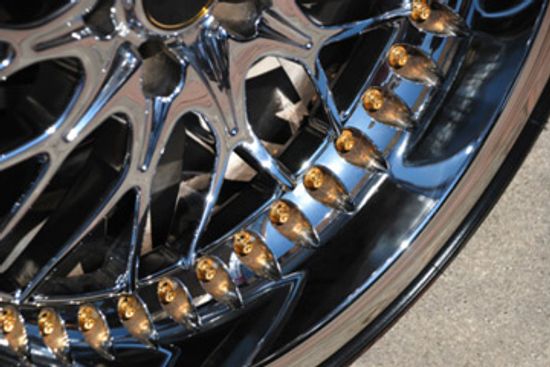
Do brake dust covers really work?
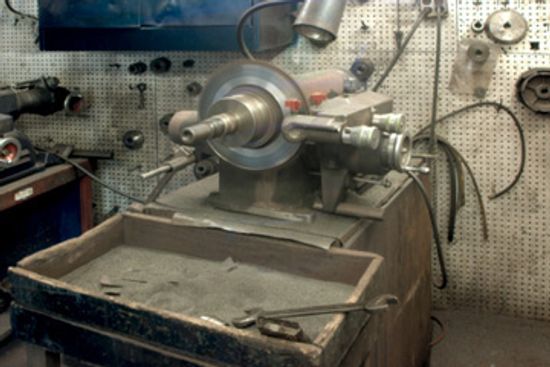
Do you need a brake lathe?
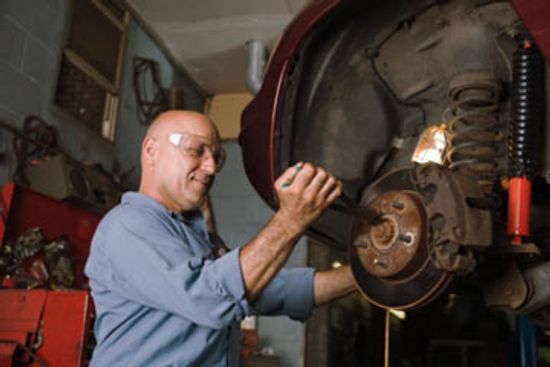
Do you need a brake puller?
Learn More
Vehicles equipped with regenerative braking systems are able to recapture some of the vehicle's kinetic energy and convert it into electricity. This electricity is then used to charge the car's batteries. How is this possible?
Putting your car in park ensures that you won't roll down that hill. Have you ever wondered exactly how it's connected to your transmission to keep it from spinning? Find out!
Wouldn't it be nice to get some warning before a tire went completely flat? Good news -- anti-lock brakes could make it possible. But how?
Advertisement
Ever wondered what the sign "No Engine Brake" on the side of the highway means? Well, it applies to trucks -- big trucks. A truck's engine brake is known as their brake system.
Engine brakes are used in heavy duty and commercial vehicles to increase speed control. You may recognize the loud blatting sound they make. But despite the noise, engine brakes reduce the occurrence of brake failure.
It's your first time behind the wheel of a stick shift. You reach a stop sign on a hill and break into a cold sweat. But then your father reaches over and pulls the emergency brake. You immediately feel safe, but what's holding you in place?
By Simon Shadow
You wouldn't want a big rig packed full of cargo to suddenly lose its brakes barreling down the road. How can air slow down these massive trucks?
By Josh Briggs
Advertisement
Stopping a car in a hurry on a slippery road can be challenging at best and at worst very scary. Anti-lock braking systems (ABS) help alleviate the danger. Learn how anti-lock brakes prevent skidding, check out what that sputtering is, and find out h
By Karim Nice
If you've ever opened the hood of your car, you've probably seen the brake booster. It's the round, black cannister located at the back of the engine compartment on the driver's side of the car. In this article, we'll see what's inside the black can
By Karim Nice
Disc brakes are the most common brakes found on a car's front wheels, and they're often on all four. This is the part of the brake system that does the actual work of stopping the car. Find out all about disc brakes.
By Karim Nice
The next time your mechanic tells you your brakes need repairing, know exactly what he's talking about. Learn how a drum brake system works, examine the emergency brake setup and find out what kind of servicing drum brakes need.
By Karim Nice
Advertisement
The master cylinder provides the pressure that engages your car brakes. Learn how the master cylinder works with the combination valve to make sure you can brake safely.
By Karim Nice
We all know that pushing down the brake pedal slows a car to a stop. But how does your car transmit the energy from your leg to its wheels? How does it multiply that force so that it is enough to stop something as big as a car?
By Karim Nice
